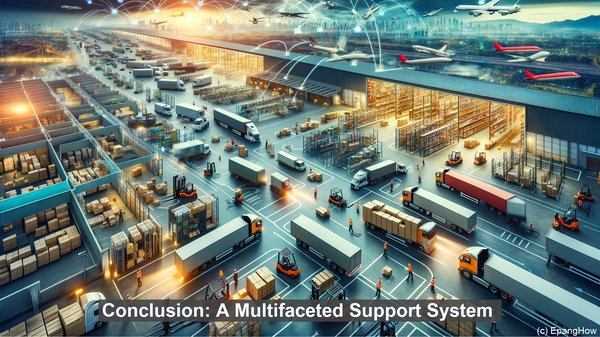Introduction: The Backbone of Agricultural Development
Hello everyone! Agriculture, the backbone of our society, often requires financial assistance to thrive. Today, we’ll explore two crucial forms of support: subsidized loans and direct subsidies.
Section 1: Subsidized Loans – A Closer Look
Subsidized loans, as the name suggests, involve financial institutions providing loans to farmers at reduced interest rates. These loans aim to ease the financial burden on farmers, enabling them to invest in equipment, seeds, and other essentials. The government, in most cases, subsidizes the interest, making it more affordable for farmers.

Section 2: Direct Subsidies – A Different Approach
Direct subsidies, on the other hand, involve the government providing financial assistance to farmers without any repayment obligations. These subsidies can be in the form of cash, grants, or even price supports. The objective is to directly supplement the income of farmers, especially during challenging times.
Section 3: Key Differences and Considerations
While both subsidized loans and direct subsidies aim to support farmers, they differ in several aspects. Subsidized loans require repayment, albeit at reduced rates, while direct subsidies do not. Additionally, the application process and eligibility criteria may vary. Farmers often need to demonstrate their financial need for subsidized loans, while direct subsidies may be more focused on specific regions or crops.

Section 4: Weighing the Pros and Cons
Each support mechanism has its pros and cons. Subsidized loans, while requiring repayment, can help farmers build credit and establish a financial track record. Direct subsidies, on the other hand, provide immediate financial relief. However, they may be subject to changing government policies and budget allocations.
